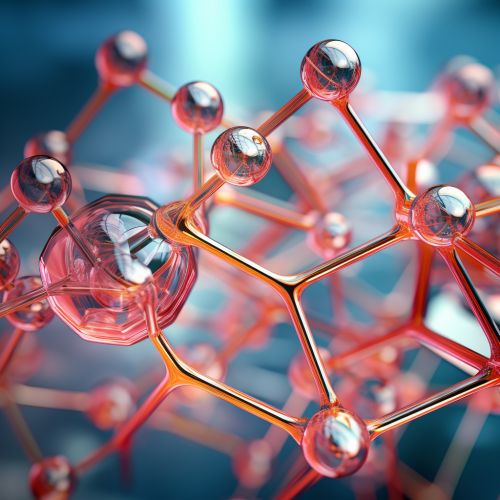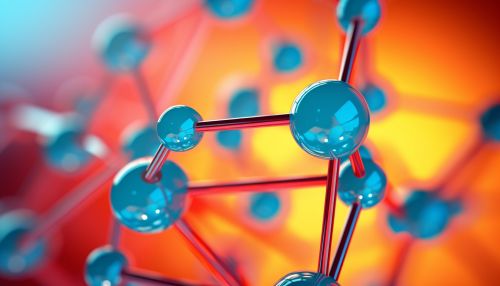Magnetochemistry
Introduction
Magnetochemistry is the study of the magnetic properties of chemical compounds. Chemical compounds are formed when chemical elements are combined in a fixed ratio. The study of these compounds and their reactions is a fundamental aspect of chemistry. Magnetochemistry, specifically, deals with how these compounds behave in the presence of a magnetic field. This field of study is important in various scientific disciplines, including physics, chemistry, and material science.


History
The history of magnetochemistry can be traced back to the 19th century when scientists first began to understand the relationship between magnetism and chemical compounds. The field has since evolved, with significant contributions from scientists such as Pierre Curie, who discovered that the magnetic properties of a material change at a certain temperature, known as the Curie temperature.
Magnetic Properties of Chemical Compounds
Chemical compounds exhibit various magnetic properties, including diamagnetism, paramagnetism, ferromagnetism, antiferromagnetism, and ferrimagnetism. These properties are determined by the behavior of electrons in the compound when subjected to a magnetic field.


Diamagnetism
Diamagnetism is a property of all materials and opposes an applied magnetic field, but is usually very weak. Diamagnetic substances, such as water or gold, are not attracted to magnetic fields and do not retain any magnetization in the absence of an externally applied magnetic field.
Paramagnetism
Paramagnetism is exhibited by substances that are weakly attracted to magnetic fields. The magnetization of paramagnetic materials, such as aluminum or oxygen, directly proportional to the applied magnetic field.
Ferromagnetism
Ferromagnetism is a strong form of magnetism that is exhibited by materials such as iron, cobalt, nickel, and some alloys and compounds. Ferromagnetic materials can retain a permanent magnetization even in the absence of an applied magnetic field.
Antiferromagnetism
Antiferromagnetism is a type of magnetism in which the magnetic moments of atoms or ions in a compound align in a regular pattern with neighboring spins pointing in opposite directions. This results in no net magnetic moment.
Ferrimagnetism
Ferrimagnetism is exhibited by materials, such as certain ceramic compounds, in which some of the magnetic moments align in opposite directions, creating a net magnetic moment.


Applications of Magnetochemistry
Magnetochemistry has a wide range of applications in various fields. In medicine, for example, magnetic compounds are used in Magnetic Resonance Imaging (MRI) for diagnostic purposes. In material science, magnetic materials are used in the manufacturing of electronic devices, such as hard drives and memory chips. In chemistry, the study of magnetic properties can provide information about the structure and bonding of a compound.
Future of Magnetochemistry
The future of magnetochemistry is promising, with ongoing research in areas such as high-temperature superconductivity, spintronics, and quantum computing. These fields rely on the magnetic properties of materials, making magnetochemistry an important area of study.


